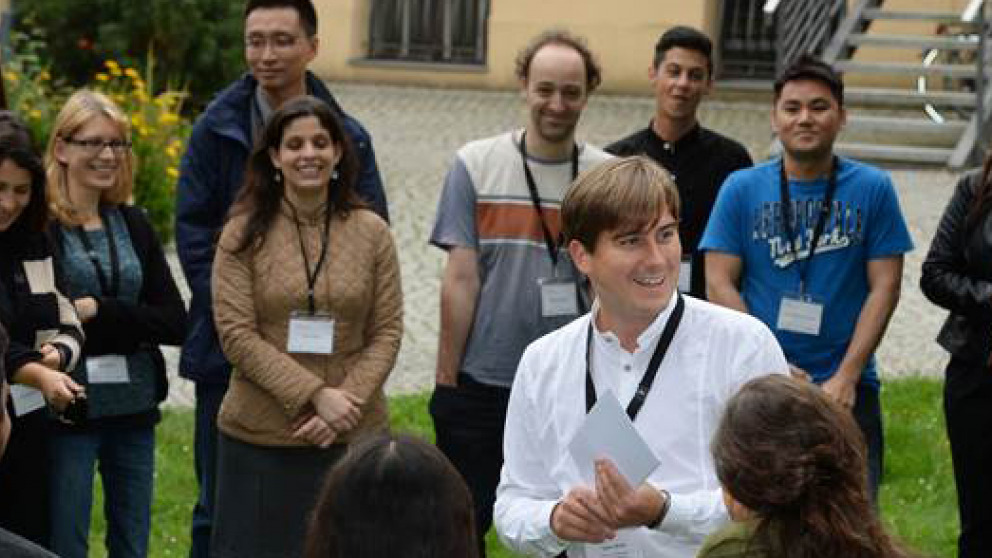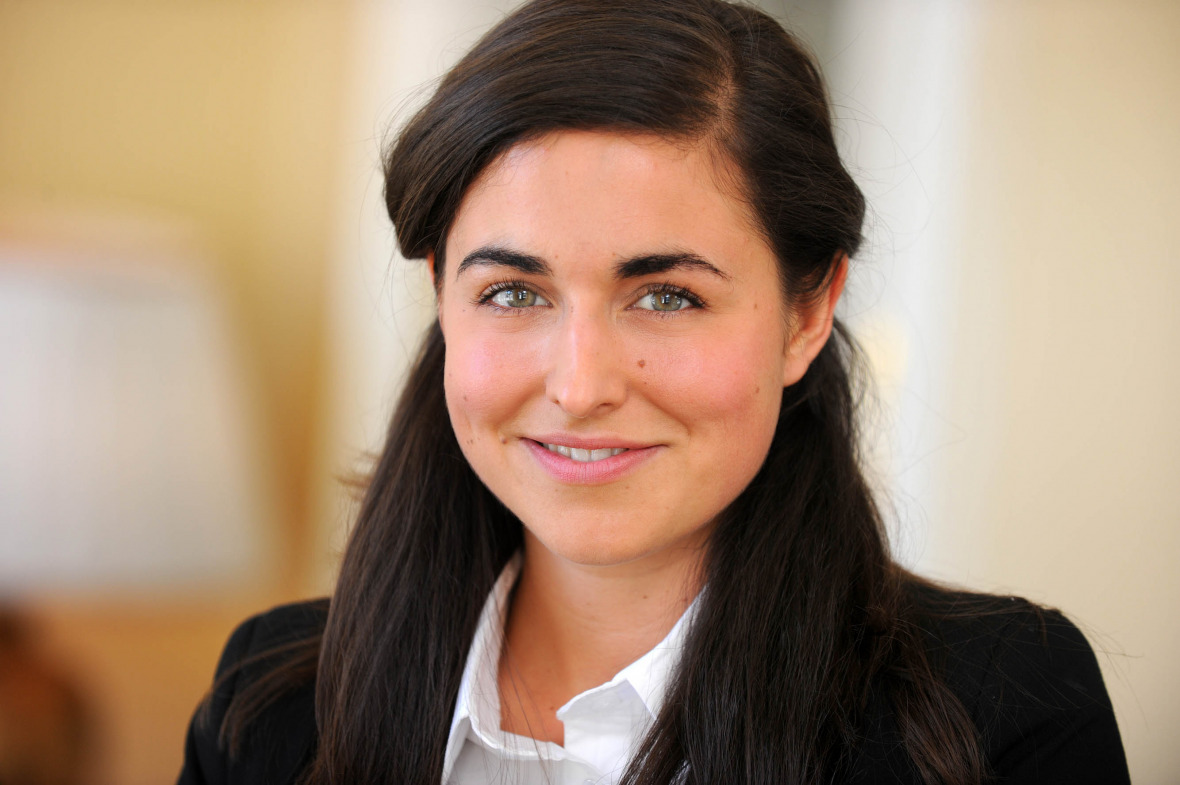The Theory and Practice of Disaster Risk Reduction: Q&A with Nina Köksalan
29.09.2015

The second international Potsdam Summer School drew to a close on 23 September. Over 10 days, 40 participants from various fields and 28 different countries discussed this year’s Summer School theme, “Facing Natural Hazards”, with renowned scientists from Potsdam-based research institutes and international experts. One of those participants was Nina Köksalan. Nina studied geography, art history, philosophy and sociology and has been working for three and a half years at the Food and Agriculture Organization (FAO) of the United Nations in Rome. Here, she tells us what motivated her to participate in the Potsdam Summer School and sums up her Summer School experiences and the insights gained.

What made you want to participate in the Potsdam Summer School?
The theme of the Summer School was a perfect match for the focus of my work: at the FAO I work on resilience and natural hazards in agriculture and food security. It’s important for my work to keep informed about new scientific insights. The Summer School was an opportunity to exchange experiences and knowledge with young researchers and public authority or NGO employees and get an overview of the latest research topics and findings. I was also impressed by the fact that the Summer School covered so many different themes, including risk analysis, governance, early warning systems and new media.
What talks did you find particularly interesting?
In my work at the FAO I focus on natural hazards that have a major impact on agriculture. The farming sector is particularly vulnerable to extreme weather events like droughts and storms. Disaster risk reduction in agriculture has the potential to improve the food security of the population while also fostering more sustainable use of natural resources and long-term adaptation to climate change. I learned a lot from a lecture on the observation of extreme weather events in the Andes Region, which was particularly relevant to my work. In the Andes many livelihoods depend on agriculture. Thus enhanced capacities to predict extreme weather events are essential in order to take preventive measures and reduce crop damage. But I also found it fascinating to grapple with natural hazards like earthquakes or volcano eruptions that I don’t encounter in my daily work.
What, for you, are the lasting impressions of this Summer School?
Effective disaster risk reduction demands that scientists, governments, international organisations and local initiatives cooperate closely. In practice, this is sometimes easier said than done. One positive example is an FAO project in the Philippines, which served as a platform to strengthen cooperation between local stakeholders and scientists from the region. This involved identifying, testing and promoting the dissemination of agricultural practices for increasing resilience. During the Summer School we were able to share such different experiences. We spent a lot of time discussing how scientific insights could be put into practice more systematically and what the potential drivers of and hindrances to that might be. In the process I learned not only about the work of the other participants, but also about their different approaches and perspectives. At the Summer School scientists were able to engage with professionals from various areas. I got to know some wonderful people with whom I’ll definitely be keeping in touch.
Header photo: IASS/David Ausserhofer
